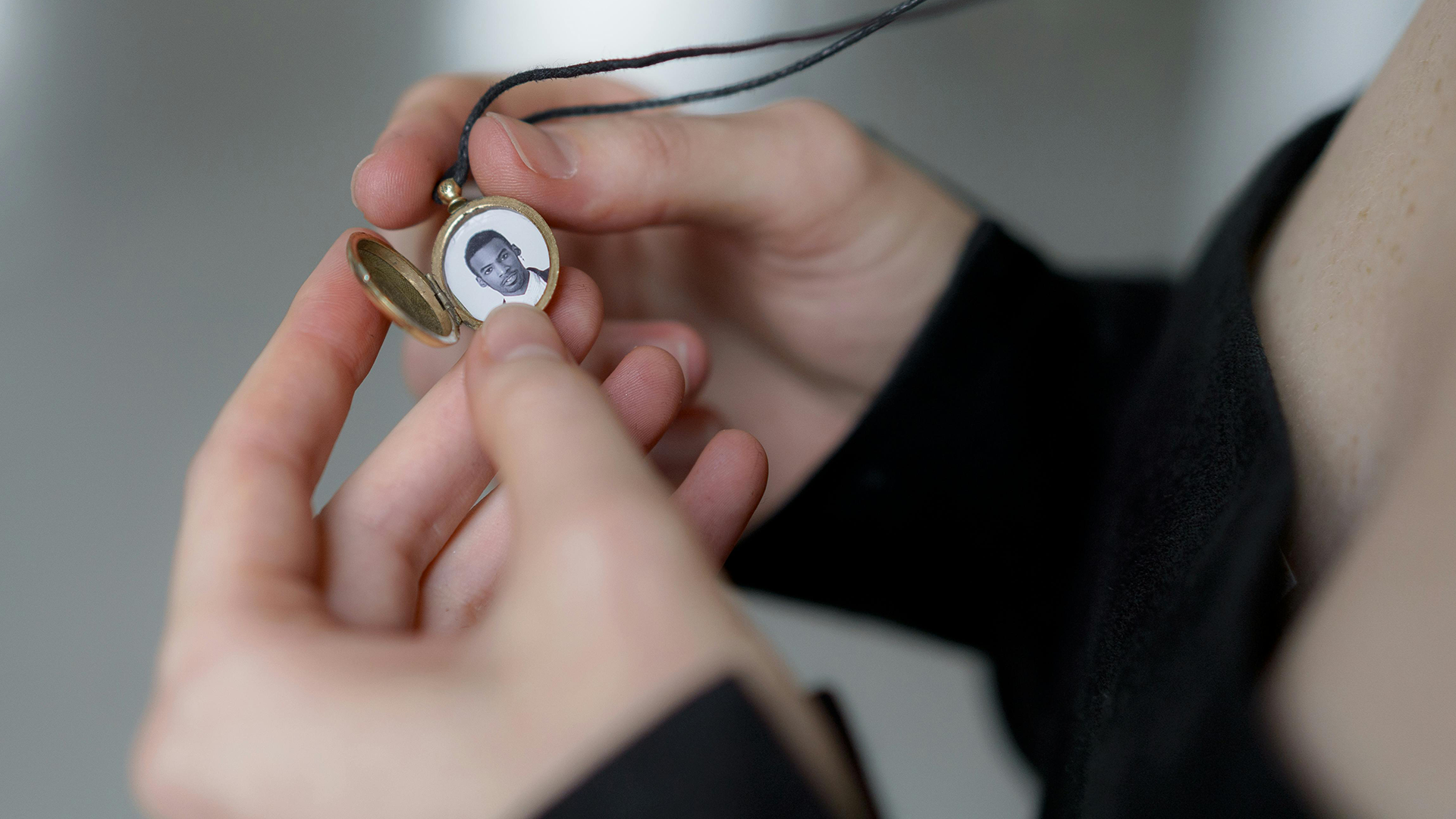What You Need to Know About Ear Wax Removal
By PAGE Editor
Ever had the unpleasant feeling of having your ears clogged up, which made it hard to hear and was really annoying? Ear wax buildup is a common problem that can hurt your hearing and health in general.
To keep your ears healthy and your hearing at its best, you need to know how to safely and effectively remove ear wax. In this article, you will explore what you need to know about ear wax removal London.
Symptoms of Excessive Ear Wax
Hearing Loss or Muffling
When there's too much earwax in your ear canal, it can block sound waves from reaching your eardrum, making it hard to hear properly. You might feel like sounds are muffled or not as loud as they should be. It's like having a wall in front of your eardrum that stops sound from getting through.
Ear Discomfort
Excessive earwax can cause discomfort or even pain in your ear. It might feel like a dull ache or a sharp pain, and it can be annoying or even make it hard to concentrate.
Itching or Irritation in the Ear
Another common symptom of excessive earwax is itching or irritation inside your ear. It's like having an itch you can't scratch, and it can be frustrating. You might feel like you need to keep scratching your ear, but it doesn't seem to help. Sometimes, the itching can be so bad that it's hard to focus on anything else.
Methods of Ear Wax Removal
Home Remedies
Home remedies are simple treatments you can try at home to soften or remove earwax buildup. One common home remedy is using warm water or saline solution to gently flush out the ear canal.
Another method is using a bulb syringe to gently squirt water into the ear canal and flush out the softened wax. However, it's essential to be cautious when using home remedies to avoid damaging the ear canal or pushing the wax deeper into the ear.
Over-the-Counter Ear Drops
Over-the-counter ear drops are medicated solutions specifically designed to soften earwax and facilitate its removal. These drops often contain ingredients like hydrogen peroxide, saline, or mineral oil.
You can use them by tilting your head to the side and placing a few drops into the affected ear. Let the drops sit for a few minutes to soften the wax, then tilt your head in the opposite direction to allow the excess liquid to drain out.
Ear Irrigation
Ear irrigation, also known as ear syringing or ear lavage, is a method of earwax removal performed by healthcare professionals. During the procedure, warm water or a saline solution is gently flushed into the ear canal using a syringe or specialized irrigation device. The force of the water dislodges the earwax, allowing it to flow out of the ear.
Professional Ear Wax Removal
Professional ear wax removal involves the removal of earwax buildup by a trained healthcare professional, such as an audiologist or an ear, nose, and throat (ENT) specialist. Depending on the severity of the buildup and individual circumstances, the healthcare professional may use various methods to remove the wax safely and effectively.
Home Care After Ear Wax Removal
Follow Aftercare Instructions
After having ear wax removed, it's essential to follow any instructions given by your healthcare provider. This might include keeping the ear dry for a certain amount of time, avoiding inserting anything into the ear canal or using prescribed ear drops to prevent further wax buildup. Following these instructions helps promote healing and reduces the risk of complications.
Avoid Irritants or Trauma to the Ear
To prevent irritation or injury to the ear canal after wax removal, it's important to avoid exposing the ear to irritants or trauma. This means avoiding activities that could introduce dirt or germs into the ear, such as swimming in dirty water or using cotton swabs to clean the ears.
Additionally, avoid inserting objects like headphones or earplugs into the ear canal, as this can disrupt the healing process and increase the risk of infection.
Monitor for Signs of Infection
After getting rid of the wax, it is important to keep an eye on the ear for any signs of infection. Some of these signs are more pain, swelling, redness, discharge, or a feeling that your ear is full.
If you have any of these signs, you should call your doctor right away. They can look at the ear and treat it properly, maybe with antibiotics, if needed.
Protect Your Ears, Have an Ear Wax Removal Now
Your ears play a vital role in your overall well-being, so it's essential to prioritize ear health. If you're experiencing symptoms of excessive ear wax buildup, don't hesitate to seek ear wax removal. By taking proactive steps to remove excess ear wax, you can prevent potential complications and ensure optimal hearing health.
HOW DO YOU FEEL ABOUT FASHION?
COMMENT OR TAKE OUR PAGE READER SURVEY
Featured









Discover the best dating sites for asexuals. Expert reviews, pros & cons, and tips for successful online dating. Find your perfect match today!